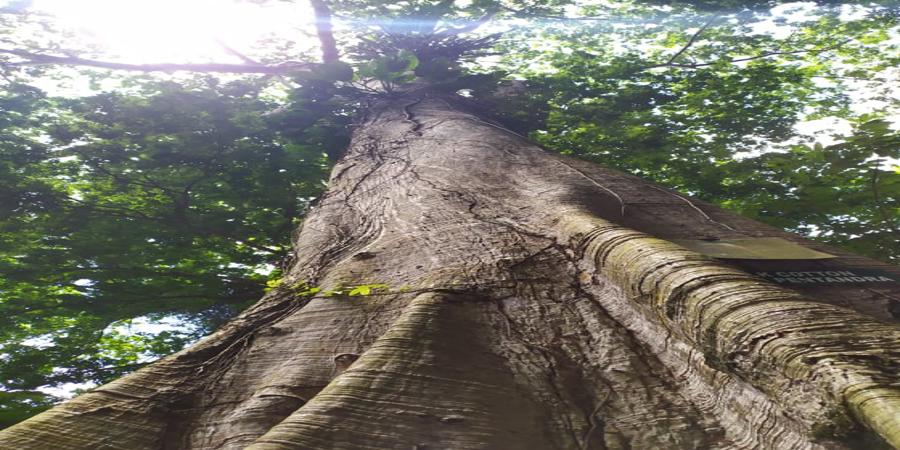The Silk Cotton Tree (Ceiba pentandra) is one of the most iconic and culturally significant trees found in Tobago. Towering over the canopy, it has been revered for centuries, not only for its sheer size and beauty but also for its deep cultural and historical resonance.
Traditionally, the silky fibres produced by the tree’s seed pods were harvested and used to fill pillows, cushions, and life preservers due to their light, buoyant nature. The tree’s broad trunk and soft wood were ideal for crafting dugout canoes, and various parts of the tree were incorporated into folk medicine practices.
Among Indigenous and African-descended communities, the Silk Cotton Tree held spiritual significance. It was often seen as a sacred tree, believed to house ancestral spirits and serve as a site for offerings and ritual gatherings. These beliefs contributed to its careful preservation throughout generations.
Today, the Silk Cotton Tree stands as a natural monument, offering not only ecological value but also a powerful connection to Tobago’s rich heritage.


Comments